
IZAKAYA
(Japanese Pubs)
Unlike in Western restaurants, one orders many small dishes over the span of a few hours. Guests first receive an oshibori (wet towel) to clean their hands, as well as a small snack or appetizer that will be charged in lieu of an entrance fee. One typically starts with a draft beer, followed by quickly prepared dishes such as edamame and hiyayakko (chilled tofu). The chefs bring out the dishes once they are prepared, so people take their time chatting and drinking, ordering a few small dishes at a time. Some other popular izakaya dishes include karaage (fried chicken), kushiyaki (grilled meat and/or vegetable skewers), sashimi, tsukemono (pickled vegetables), salad, yakisoba noodles, and yakitori.
The alcoholic drinks typically available at izakayas are sake (Japanese rice wine), beer, shochu (distilled liquor from rice or sweet potatoes), wine, whiskey, and cocktails. The cocktails that izakayas serve are usually either sours or chuhais, which can be a variety of flavors, including ume (plum), yuzu, peach, and lime. Many izakayas offer nomi-hodai, or all-you-can-drink sets. The food equivalent tabe-houdai is also popular.
Drinking and relaxing with coworkers is seen in Japan as a way to get to know them outside of a formal work environment. This is especially encouraged in a society of shushin-koyo, or lifetime-employment. Thus, Japanese companies will often throw drinking parties (nomikai), which are considered a social aspect of work and focus on bonding as a group or team. They are held to mark a wide range of events, including completion of major projects, attainment of set goals, entry of new coworkers, and retirement of senior employees.
One izakaya in Toyooka that I would recommend is Amano, which is a 10-minute walk from Toyooka Station. You can find many traditional izakaya dishes, made by a chef with over 30 years of experience. Some of these dishes include sashimi, tempura, and lots of fresh seafood. They also have their own selection of sake!
Suggested Izakaya
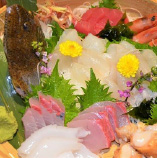

LOCAL SAKE
Sake, Japan’s national beverage, is without a doubt a fan favorite in both Japan and more specifically Toyooka City. It is a rice wine that is made by fermenting rice that has been polished to remove the bran. While in English sake refers specifically to this Japanese rice wine, the Japanese word sake can refer to any type of alcoholic drink. If a Japanese person asks you “osake nomemasuka?”, meaning “can you drink sake?”, they are actually asking about how much alcohol you can drink. Instead, the rice wine is referred to as nihonshu, meaning Japanese liquor.
Since it is Japan’s national beverage, many areas of Japan produce their own local sake. In Toyooka’s castle town Izushi, there stands a 250-year-old sake brewery that still operates to this day. Called Sakagura, this brewery has distinct red mud walls that have changed in appearance over time. The inside is equally spectacular, with sake bottles, barrels, and an old Edo feel. Inside you can try different types of locally-made Sasazuru-brand sake, served to you by either the owner or his wife. The current owner of Sakagura is 14th-generation and is passionate about sake. You definitely don’t want to miss out on trying some free local sake (and then buying a bottle of your favorite to take back home) at this local sake brewery!
Suggested Sake

Tajima Beef
Kobe Beef Comes from Tajima Cattle
Have you heard of Kobe beef? Tajima beef? Many have probably heard of the former, but not the latter. The truth is, Kobe beef comes from cattle raised in the Tajima region (Northern Hyogo), as this is one of the requirements for Kobe beef as written by the Kobe Beef Marketing and Distribution Promotion Association. Since Kobe beef is wagyu beef from the Tajima strain of black cattle, our area is the homeplace of this treasured beef. This meat is known for its flavor, tenderness, and well-marbled texture.
Recommended Yakiniku Restaurants
As Toyooka is home to Tajima beef, we have many recommended spots to try this delicious meat. In downtown Toyooka we have Maruzen, a yakiniku restaurant that started in 1978 that has two locations (Kokonokaichi and Bettei Yuan). They pride themselves on their high-end choice beef. All meat is scrupulously examined and only the best of the best is chosen to become the face of Maruzen. You can order sirloin steaks, beef fillet, skirt steak, roast, ribs, and more to grill yourself and then dip in one of Maruzen’s two-time honored dipping sauces.
Tajima Beef Specialty Restaurant in Kinosaki
In Kinosaki Onsen, we have a restaurant called Irori Dining Mikuni, where they serve both lunch sets and luxurious dinners. One can dine in a relaxing atmosphere, as it is located on the second floor and features a wooden interior with a feel of traditional Japanese architecture. For lunch, you can choose between various Tajima beef sets, including the Tajima Beef Steak Set and the Tajima Beef Curry Set. The dinner courses, which require a reservation, are prepared delicately by the chef.
When visiting Kinosaki Onsen and/or Toyooka, come try Tajima beef. You can later tell your friends and family that you ate Kobe beef’s true origin.
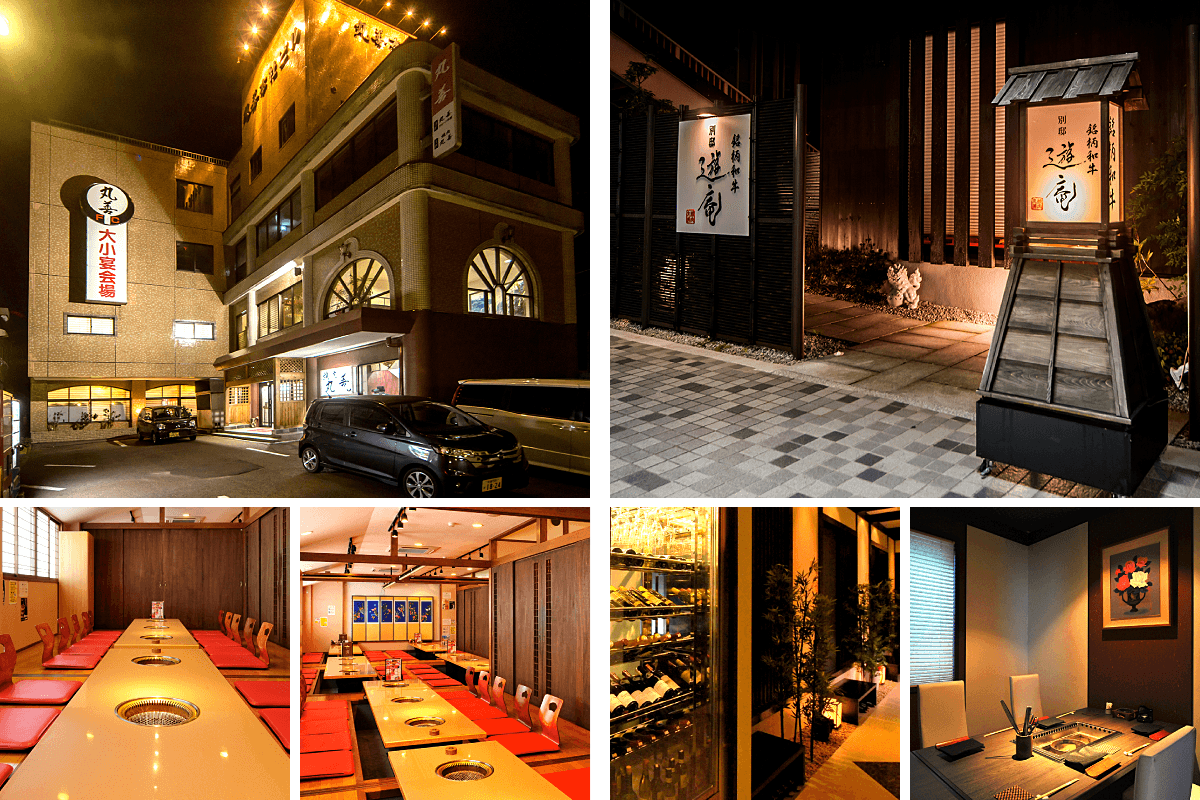
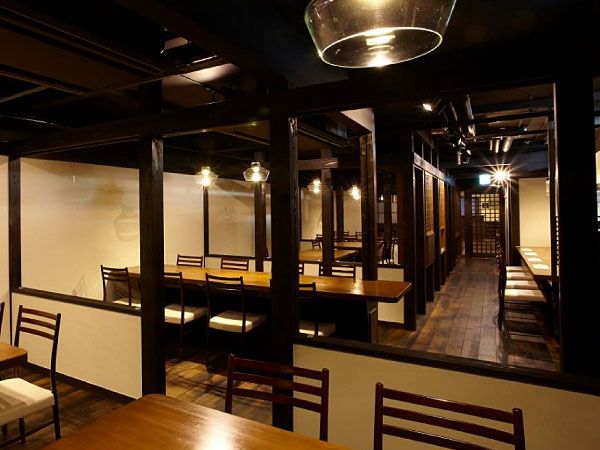

MATSUBA-GANI
(snow crab)
When strong seasonal winds blow in from the Sea of Japan, the season of the snow crab, considered to be one of the most delicious types of crabs, begins. Thus, the area’s winter specialty is the snow crab, called Matsuba crab. Matsuba crab is a large crab which is caught between November and March, meaning its only available to be eaten during the winter season. Caught in the Japan Sea just ten minutes from Kinosaki Onsen, many Japanese tourists flock to Kinosaki during winter just to taste this ultra-fresh crab. In the long legs, the tightly-packed meat and a fine sweetness results in a winter taste truly fit for a king.
In addition, we have the female snow crab called “Sekogani,” and the taste of which should not be overlooked. Compared to the male snow crab, it is quite small, but has an average of 100,000 eggs (red roe) in its belly, which has a distinctive umami taste. It is also very versatile and can be eaten in a number of ways, such as shabu shabu, grilled, or as sashimi.
Matsuba crab can be found in many restaurants and ryokans in Kinosaki Onsen! These include Restaurant Kaichuen, Nishimuraya (Honkan and Shogetsutei), Morizuya, and Kobayashiya. Plans for trying the Matsuba crab courses at the latter three (all ryokans) are available from this link: Find An Accommodation.

IZUSHI SARA SOBA
(buckwheat noodles)
Soba, or buckwheat noodles, are a Japanese favorite on both cold and hot days. They serve as a big contrast to udon, which are thicker wheat noodles. Soba is a quick dish to both eat and make, and perfect for any season. In the hot months, people eat zaru soba, which is cold soba served on a tray or plate with a chilled dipping sauce served on the side. During the cold months, many prefer to consume hot soba served in a soup, in a bowl.
However, a special local type of soba is eaten all year round in Izushi, our local castle town. This dish, called Izushi Sara Soba, is the town’s specialty. While soba is usually served in large dishes, Izushi Sara Soba is served in small portions on small plates. Part of the reason for this is to showcase the town’s Izushi-yaki, Izushi-made porcelain characterized by its silken texture and delicate sculpture which is produced by the potter’s polished skill. In 1980, the Japanese government designated it as a traditional handicraft.
Generally, one portion of Izushi Sara Soba is 5 plates, and about 50 soba noodle shops in Izushi showcase this interesting serving method. Everywhere you go in town, you’ll run into a shop with soba written in Japanese (そば). Each soba shop in Izushi has their own personality and subtle differences in their soba. Many of these shops will give you a prize if you eat at least 20 (15 for women) plates in one sitting!
Izushi Sara Soba is eaten with the chilled Japanese soup stock called dashi. Daikon (radish), grated yam, wasabi (Japanese horseradish), spring onions, and raw egg can be added to the dashi to taste. The freshly made noodles are then dipped in this soup mixture and eaten. At the end of the meal, the remaining soup is mixed with sobayu (the hot water in which the noodles were boiled) and can be drunk as a sort of tea.
Hope on over to Izushi for some great soba
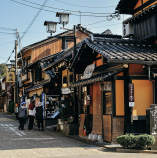
Izushi - Home to Sara Soba
Izushi is an ancient castle town famous for its soba, there are more than 50 soba shops

LOCALLY BREWED BEER
(locally brewed in Kinosaki and Izushi)
Beer is one of the oldest and most widely consumed alcoholic drinks in the world, and the third most popular drink overall after water and tea. Japan shares in this high beer consumption, with draft beer being the first drink of choice in many izakayas.
Right here in Kinosaki Onsen we have our own brewery and restaurant called GUBIGABU. The name is a Japanese onomatopoeia for the sound of eating and drinking to your heart’s content. The owner, Mr. Takamiya, entered the beer business in Kinosaki back in 1997. He chose to produce beer in Kinosaki because the northern region of Hyogo Prefecture is famous for its local sake, due to the high quality of the area’s water. With this water, Mr. Takamiya wanted to brew beer that would pair well with the area’s local specialties of snow crab, Tajima beef, and fresh vegetables.
-
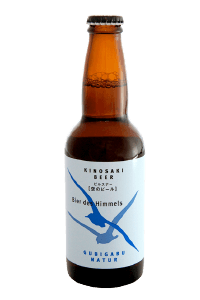
Pilsner [Sky Beer]
A full-bodied classic lager that has been wonderfully balanced with hops from the Czech Republic. 4.5% alcohol by volume
-
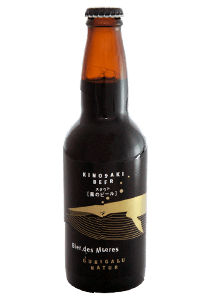
Stout [Black Beer]
The bitter taste of the roasted malts in this black beer is well complimented by the sweet caramel flavors. 5.0% alcohol by volume
-
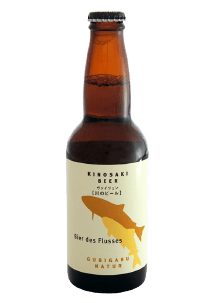
Weizen [River Beer]
Made from wheat malts. The fruity body of this popular beer makes it an easy one to drink. 6.0% alcohol by volume
-
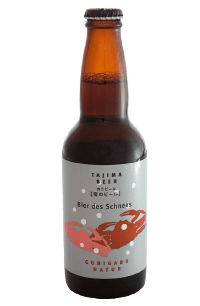
Crab Beer [Snow Beer]
The beer is popular for its slight sweetness and crisp hoppy flavor. It is a strong flavored beer but an easy one to drink, as well.
6.0% alcohol by volume
These beers can be served with lunch, dinner, dessert, or snacks. These options include, artisan pastas, salads, curries, sandwiches, and pancakes. For a truly exquisite meal, one can enjoy an order of Tajima beef sirloin or fillet steak. GUBIGABU has a friendly atmosphere perfect for enjoying a cold beer after the hot springs or for chatting with friends over a light or full-course meal.
Additionally, we have a brewery in Izushi Castle Town, named Izushi Shiroyama Garden. Hand-picked malt, the fresh waters of Izushi, and yeast come together to create their “happoshu” (low-malt beer-like beverage, lit. “sparkling spirits”) called Izushi Roman beer. They blend buckwheat with the yeast, giving the beer a subtle seasoning that brings out the beer’s original flavor.
-
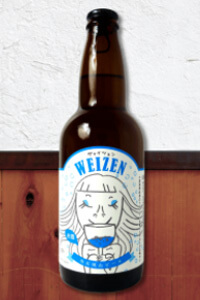
Izushi Weizen
-
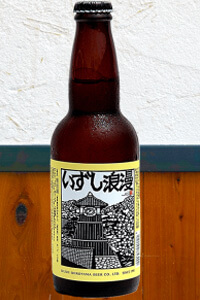
Izushi Roman Koelsch
-
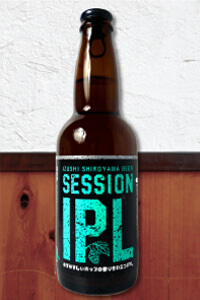
Izushi Session IPL
Where to enjoy local beer
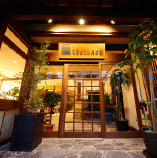
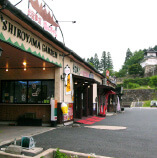
Izushi Shiroyama Garden
Izushi’s own beer brewery can be found at the base of the Izushi Castle Ruins
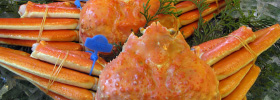
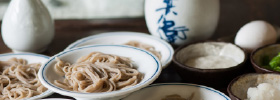
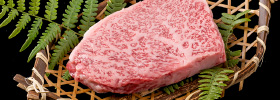
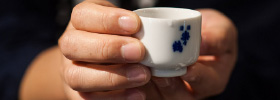
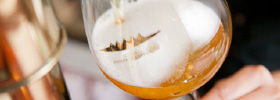
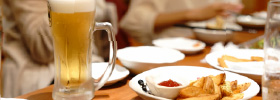
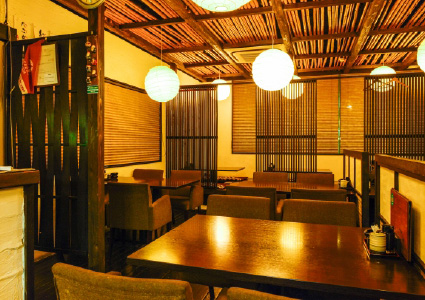
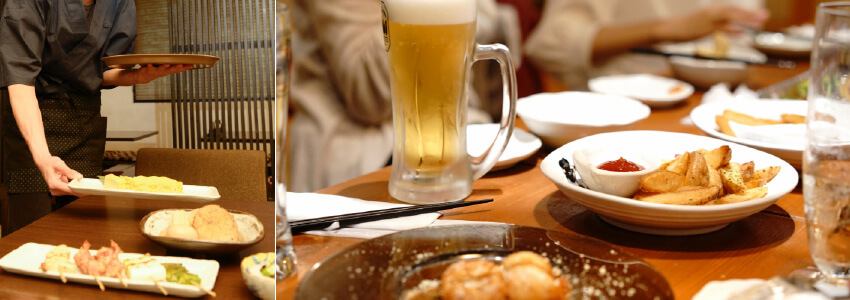
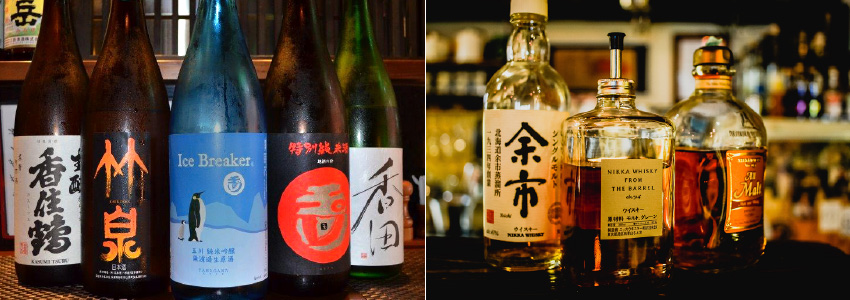
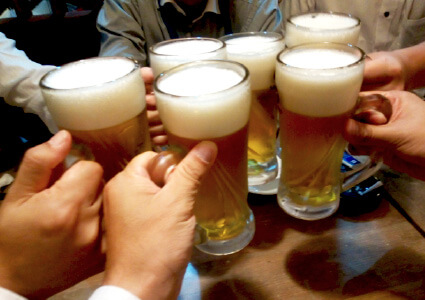
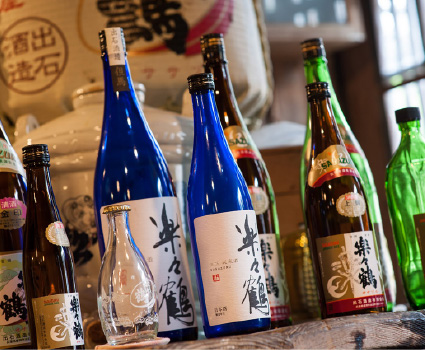
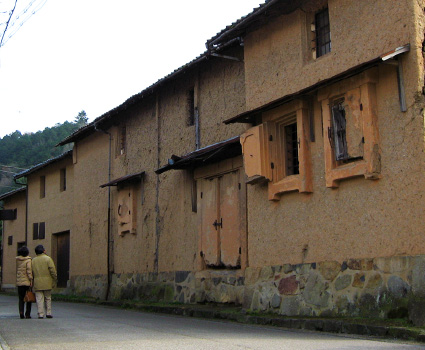
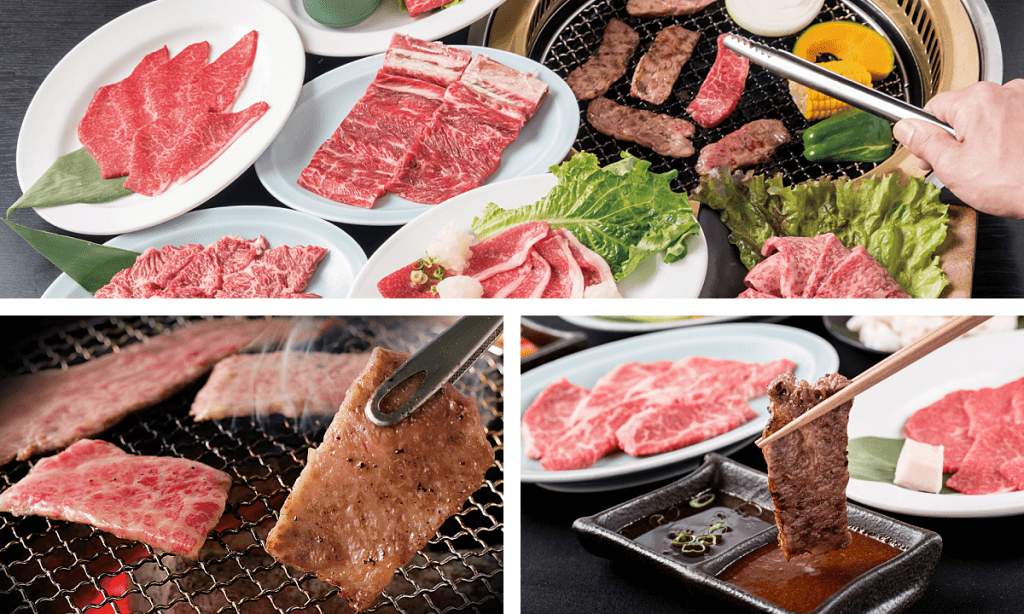
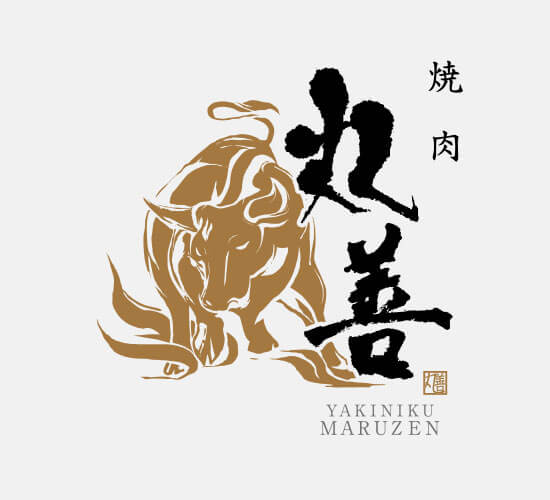

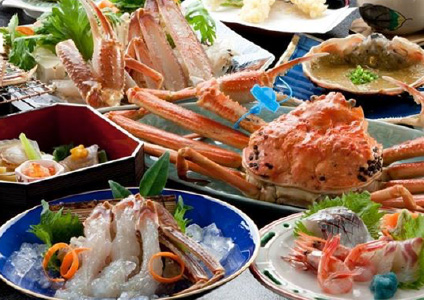
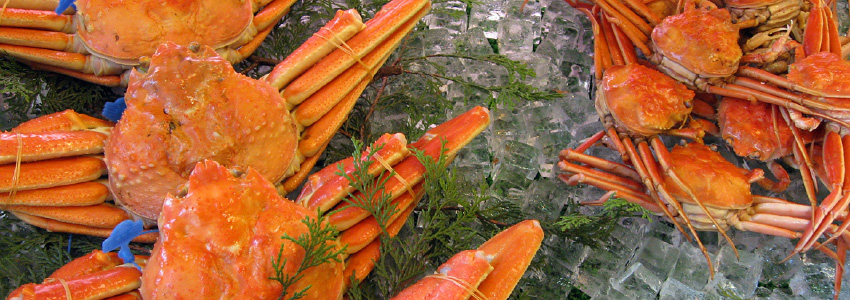
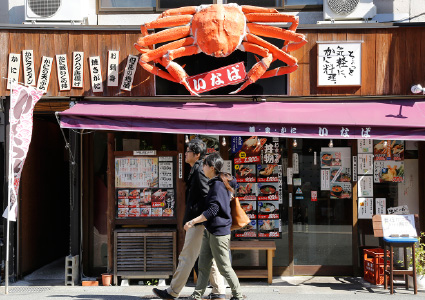

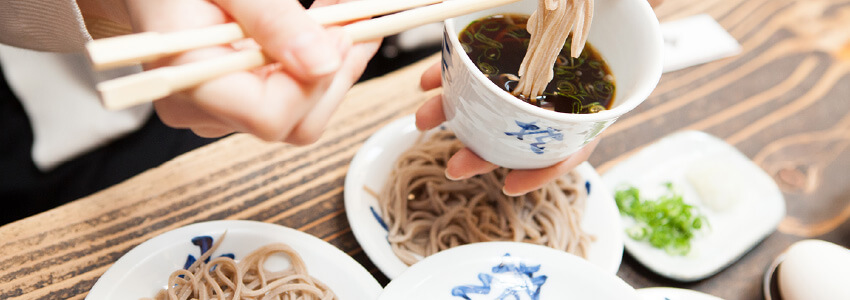
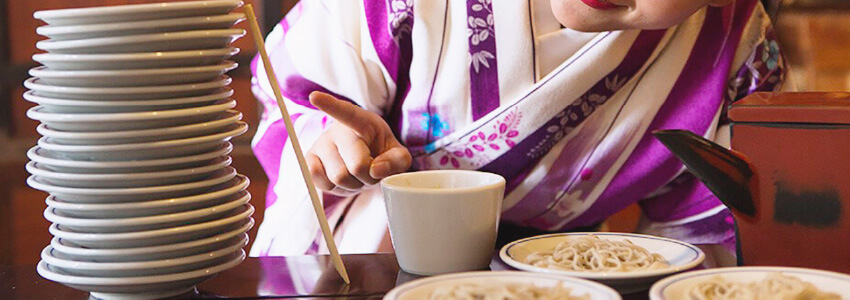
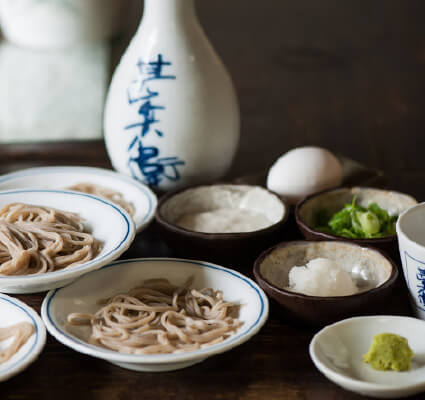

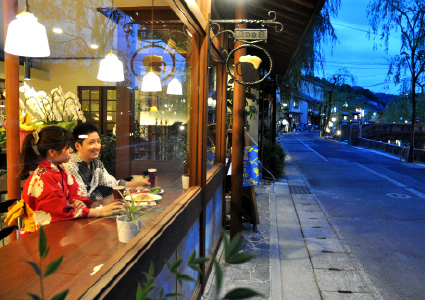


Izakayas are a special part of Japanese culture, an aspect of the culture that has a lot of relation with Japanese work culture and daily life. They are a type of informal Japanese pub, where many go for casual after-work drinking. It is a compound of the word ‘i’ (to stay) and ‘sakaya’ (sake shop). There are various styles of seating, including tatami mats, regular chairs, or even standing-only (tachi-nomi, meaning drinking while standing).